Why Does Solar Need An Inverter?
Solar panels generate direct current (DC) electricity; however, most homes run on alternating current (AC) electricity. So inverters are required to turn that DC electricity into AC so you can use the clean energy generated by the sun at home. Solar inverters also optimize energy production and provide access to module-level monitoring. Continue reading to learn about this technology, the products we use, and how you’ll be able to read and understand your solar energy systems production monitoring platform!
Microinverters vs. Inverters in Washington
Microinverters attach to the underside of each solar panel and convert DC to AC power right at the source, making them great for systems with varying shading or panel orientations. And when considering Washington’s unique climate and environment trees and cloudy days will affect the sunshine on any given roof, making microinverters a great solution for Washington solar energy systems. On the other hand, traditional central inverters handle the entire array but may be more cost-effective for straightforward installations. Review our selection of tried-and-true microinverters and inverter solutions that we use on all Washington solar energy installations.
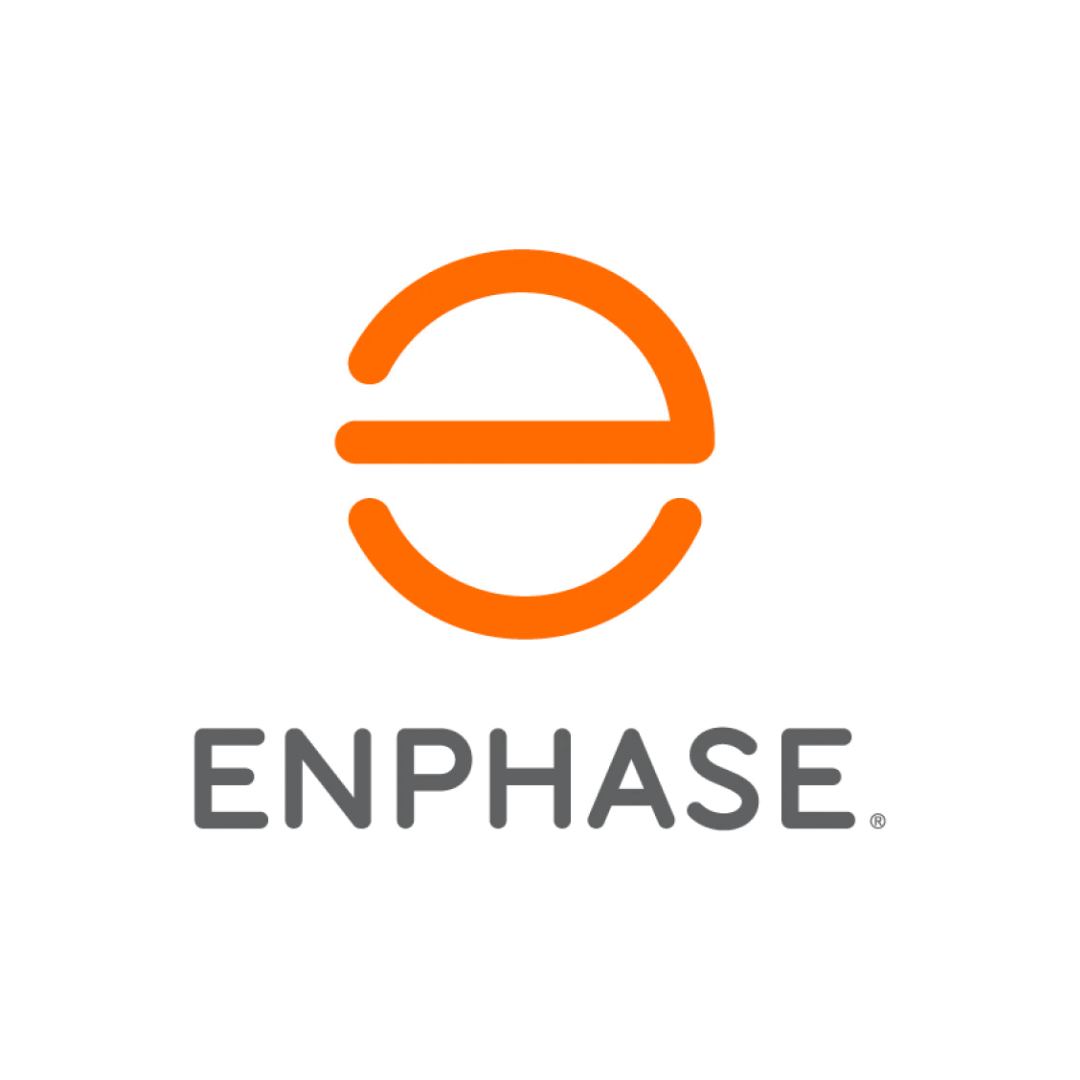
Enphase Microinverters
We design the solar PV system with microinverters when the roof arrangement is more complicated due to multiple small roof sections or shading. Microinverters allow the solar array design flexibility to maximize your usable and optimal roof space to generate the most power.
Microinverters make it easier to add more panels to expand the solar system size in the future, so be sure to let us know if that’s your plan.
- Manage and monitor your enphase solar energy system through their intuitively designed app. Be just a tap away from tracking how much energy each panel produces!
- Enphase Energy Systems include built-in Rapid Shutdown, keeping utility workers and first responders safe.
- Burst Mode technology captures energy in low-light conditions, continually optimizing your production.
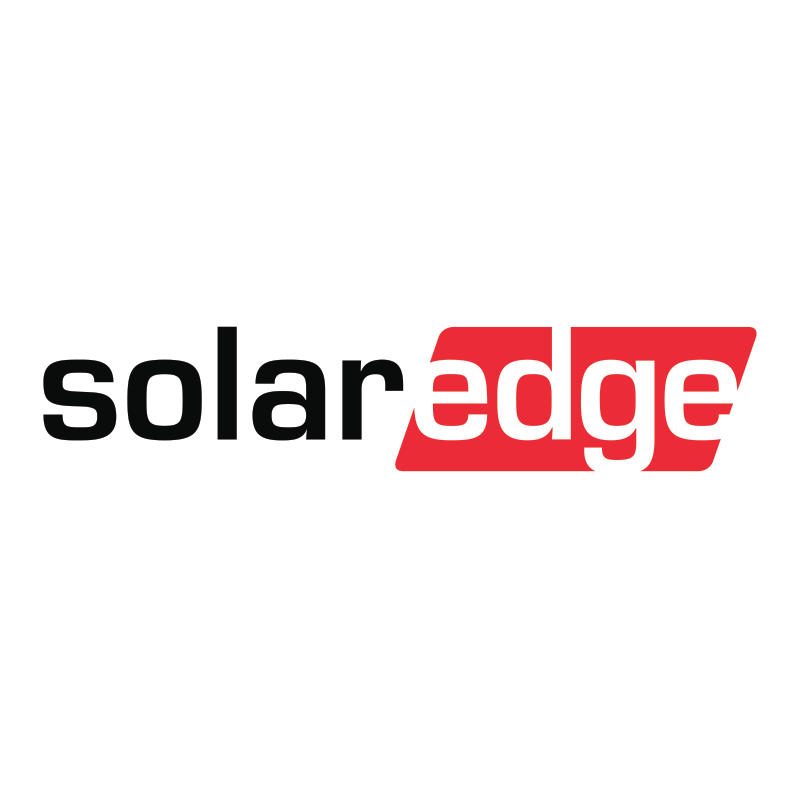
SolarEdge Inverters
We design the solar PV system with SolarEdge inverter and power optimizers when the solar array design allows for six or more panels placed on the same roof space.
SolarEdge’s inverters HD-Wave technology comes with a built-in DC safety switch, integrated rapid shutdown, and features a standard 12-year warranty, which at NWES is extended to 25 years.
- Higher efficiency at a lower cost compared to microinverters
- Built-in module-level monitoring
- Small, lightweight, and easy to install
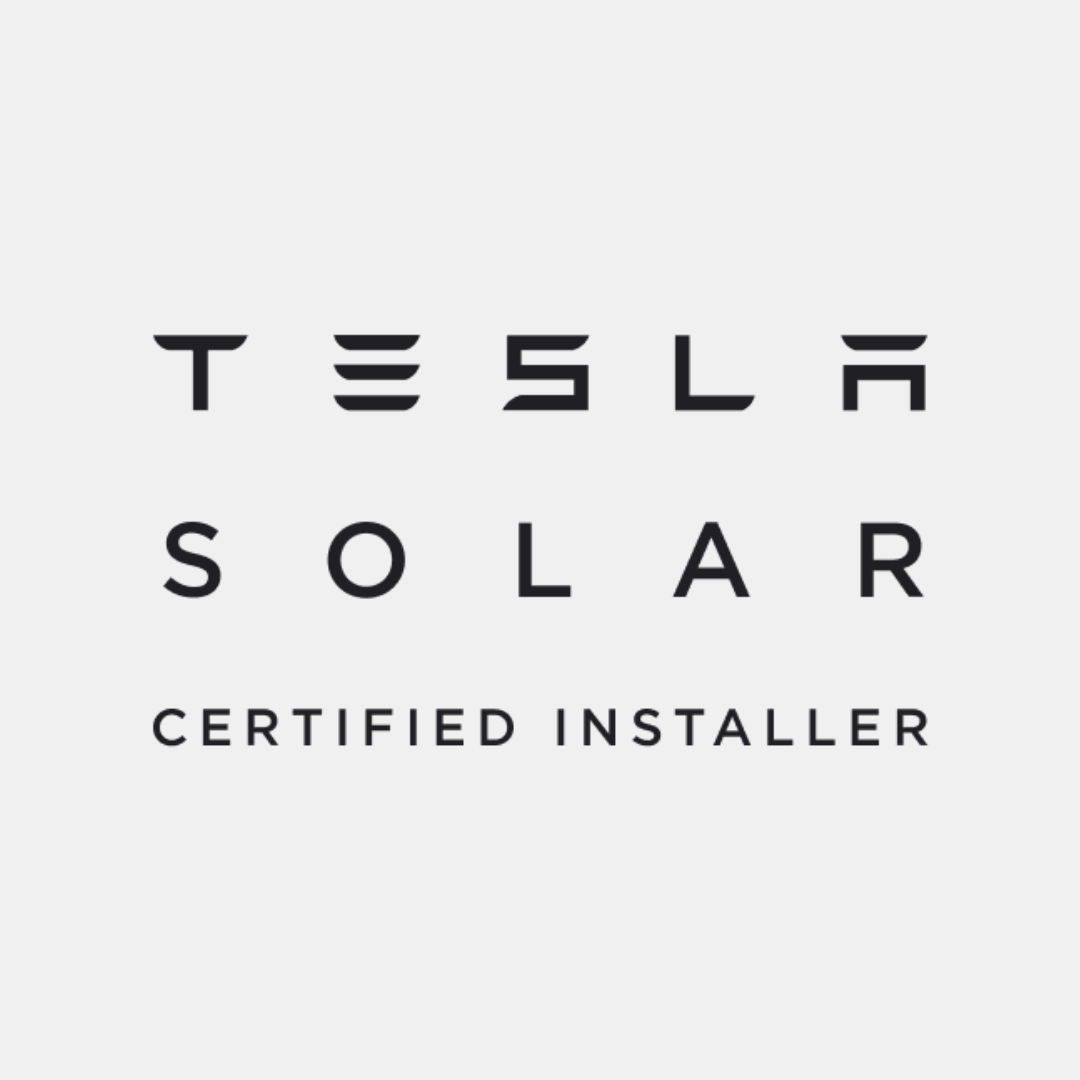
Tesla Inverter
Tesla’s Solar Inverter enhances aesthetics and reliability while seamlessly integrating with the Tesla ecosystem. It caters to Solar Roof and solar panel systems. It efficiently converts DC power from solar modules into AC power for home consumption.
- Based on Powerwall technology, ensuring exceptional efficiency and proven reliability
- Facilitates over-the-air updates and monitoring through Wi-Fi, Ethernet, and cellular connectivity
- Native integration with the Tesla ecosystem, including the Tesla app, Powerwall, and Wall Connector
MLPEs and Optimizing Your Solar Energy Production
Module-level Power Electronics or MLPEs are solar equipment that is installed with the solar panel. Microinverters are a type of MLPE since they invert DC to AC for each solar panel they connect to. If you have 30 solar panels and an Enphase system, you will have 30 microinverters, and the great thing about that is that you can read how much electricity each solar panel generates at any given time. Optimizers are another type of MLPE and pair with SolarEdge inverters; they serve a similar purpose in providing monitoring for each solar panel but don’t invert DC to AC. Instead, they utilize maximum power-point tracking (MPPT) to regulate the voltage of each solar panel so that the solar array generates electricity at the highest level, no matter the conditions.
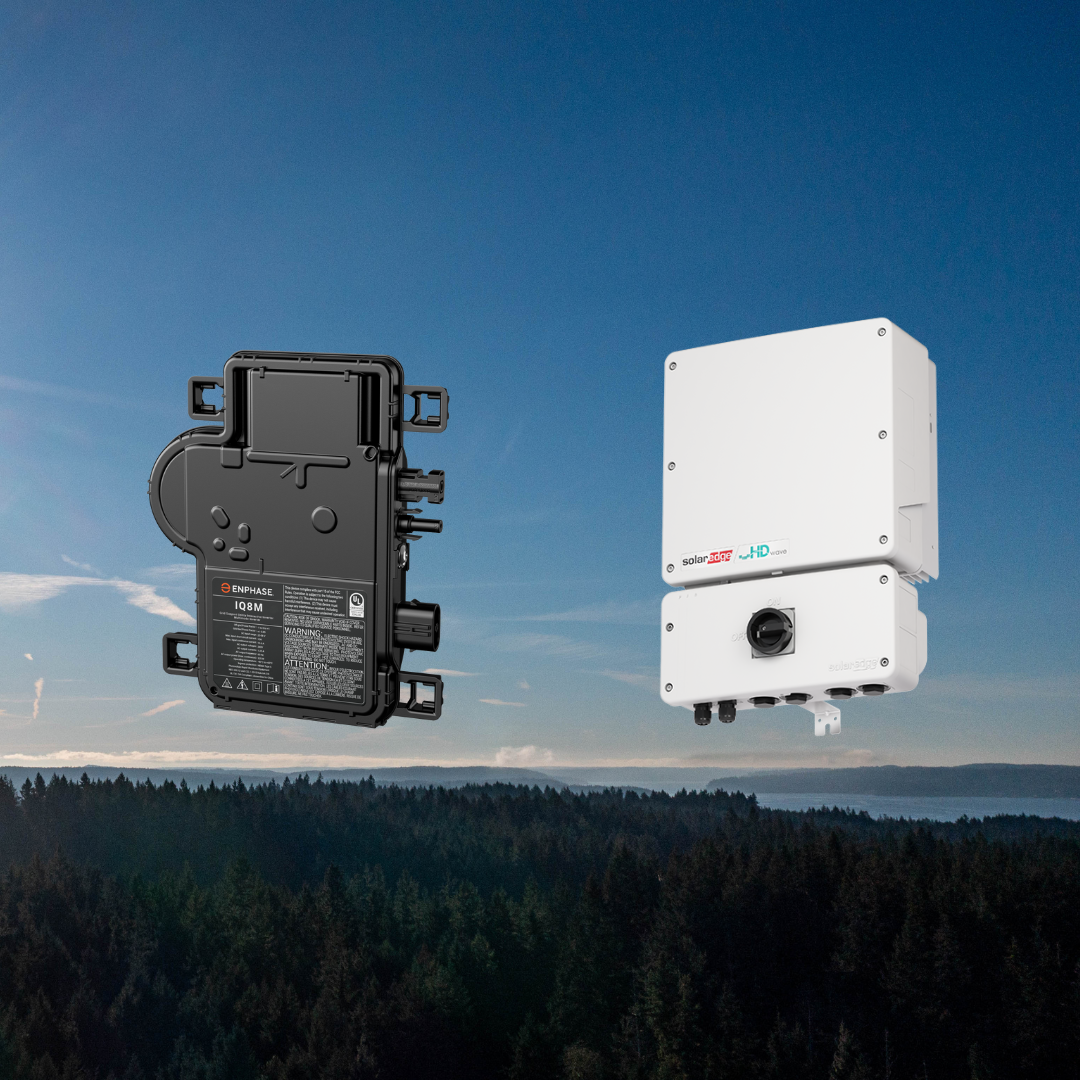
Monitoring Your Solar Energy System
Monitoring your solar energy system electricity production is crucial for Washington homeowners and businesses. Both microinverters and central inverter system provide monitoring capabilities and help you identify when your system may be having issues and when you need a cleaning. We recommend checking out our blog that dives into the best practices to keep your solar energy system producing at its maximum capacity!
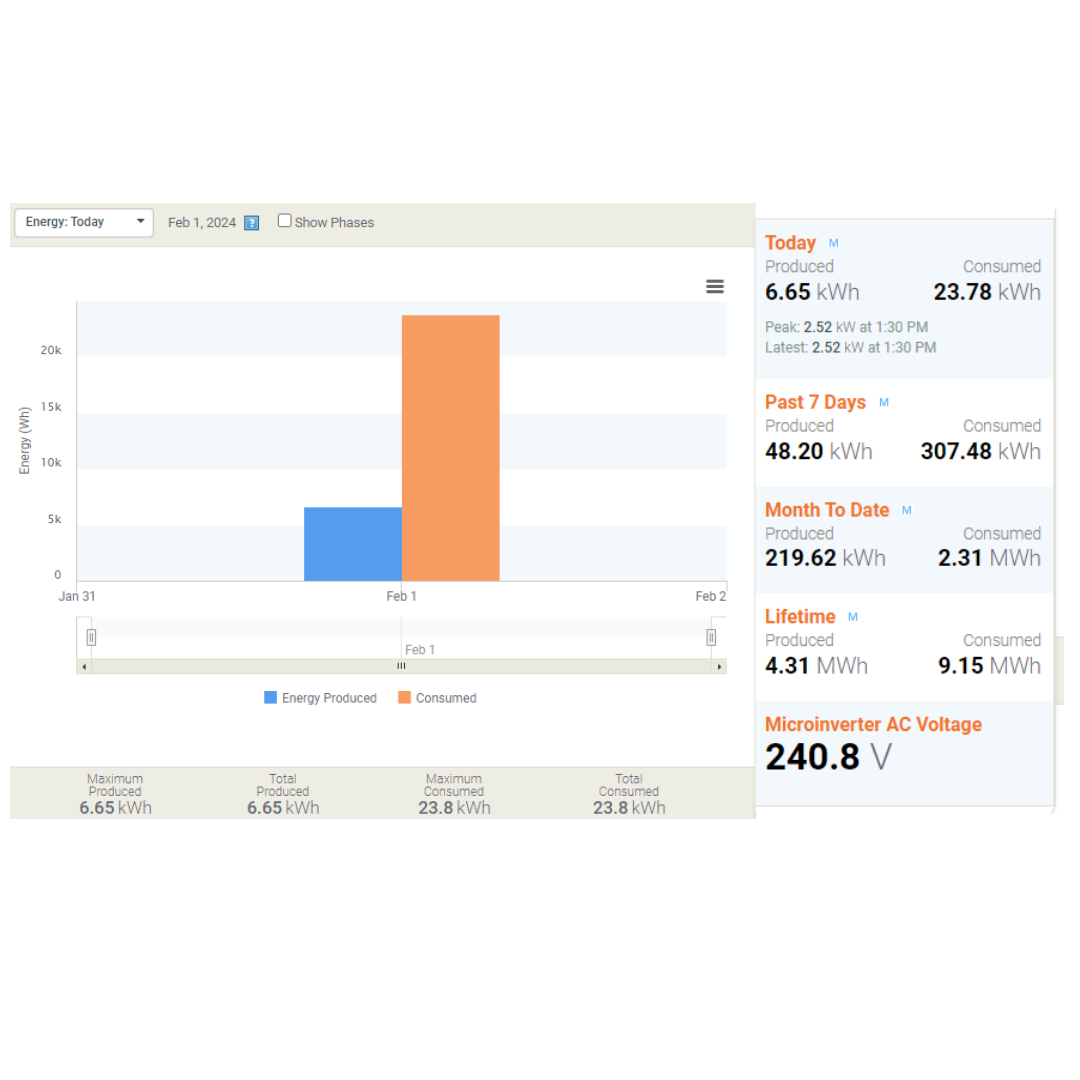
Enphase Monitoring
The solar energy production data arranges into visual charts and graphs that you can view on your desktop or mobile app. Here is an example of what you would see with Enphase’s Enlighten monitoring app on desktop
SolarEdge Monitoring
The solar energy production data arranges into visual charts and graphs that you can view on your desktop or mobile app. Here is an example of what you would see with SolarEdge’s monitoring app on desktop
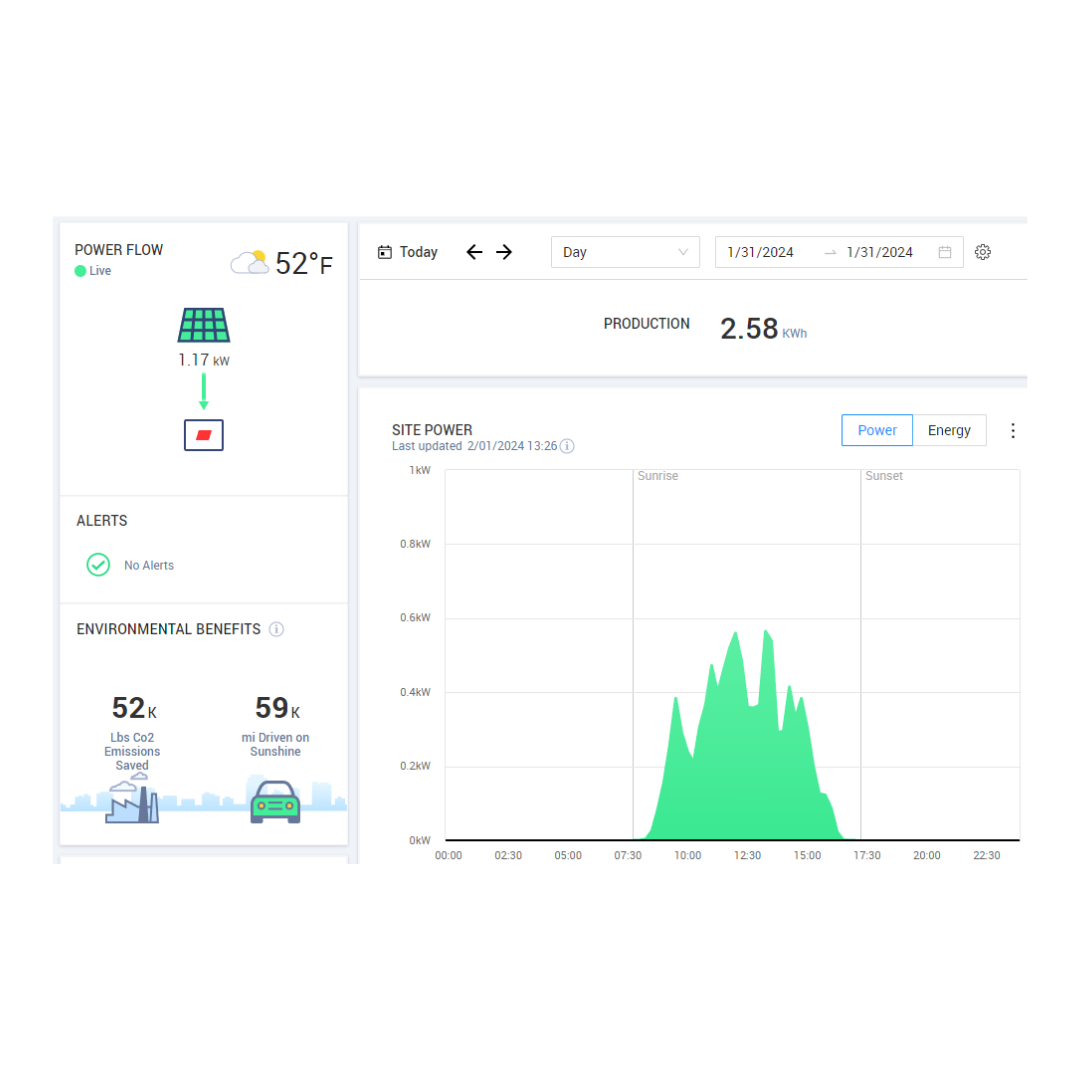
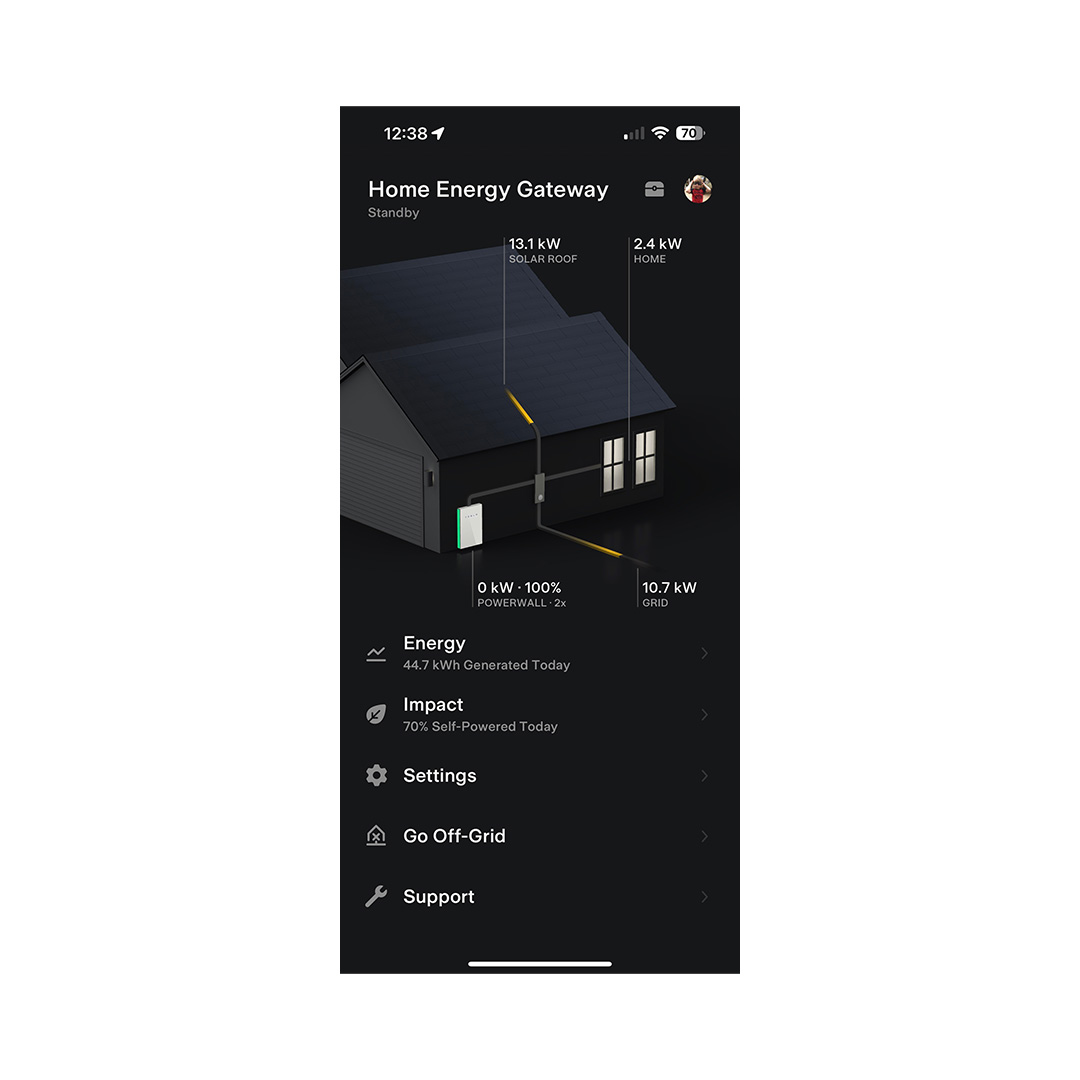
Tesla Solar Inverter Monitoring
The Tesla app offers a smooth and convenient way to track your solar system’s performance and view its historical production data across specific time frames. Tesla’s monitoring app is only available through the mobile app and doesn’t offer a desktop monitoring experience. If you have other Tesla products, such as Powerwall batteries and Wall Connector EV chargers, you can monitor the backup capacity levels and charge speeds through the same app, all in one!

